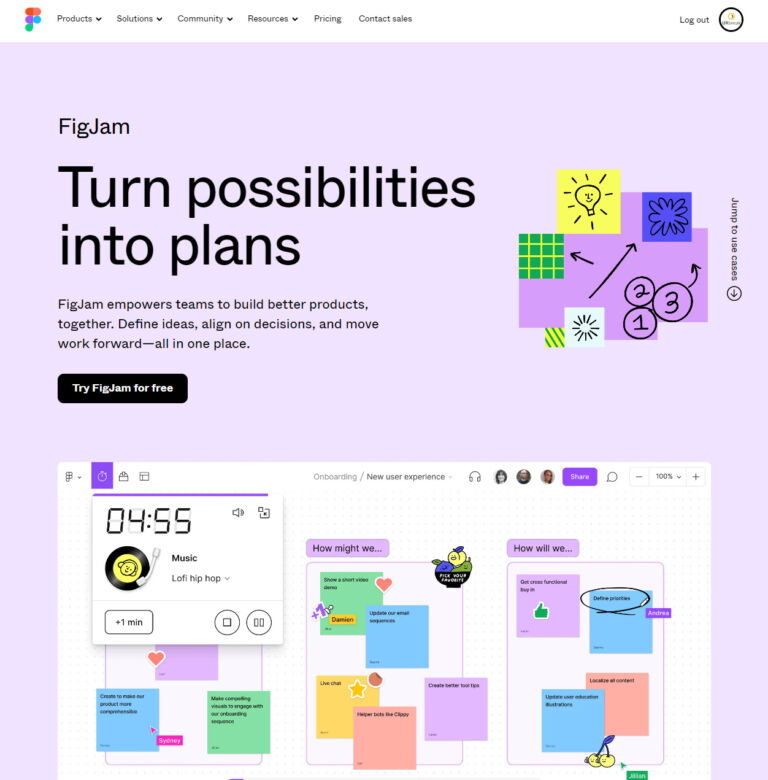Figma card sorting guide
10 Best FREE Card Sorting Tools
In this guide, we’ll take you through the detailed steps of conducting a card-sorting activity using FigJam. Card sorting is a powerful technique to understand how users organize information, and FigJam provides an platform to set up and analyze these activities.
Whether you’re new to card sorting or looking to refine your approach, this guide will help you leverage FigJam to gain valuable user insights.

Conducting a card sorting Activity with Figjam
Figjam provides an intuitive platform for organizing card-sorting activities, making it easy to understand how users categorize information. Here’s a step-by-step guide to using Figjam for your card-sorting needs.
Getting Started
- Setup Your Workspace:
- Fill the “Scrambled” section with sticky notes. On each sticky note, write one item you want sorted.
- Add any instructions in the “Start here” section to guide participants.
- Sorting the Cards:
- Click and drag any card from the “Scrambled” section into the “Groups” section.
- Continue dragging cards from “Scrambled” to “Groups,” sorting them into different groups or piles based on how they relate to each other.
- Creating Groups:
- You can create as many groups as you like, and each group can contain any number of cards.
- Organize and categorize all the cards as you see fit.
- Flexible Timing:
- Take as much or as little time as you need to complete the sorting.
By following these steps, you can effectively use Figjam for card sorting, gaining valuable insights into user preferences and information architecture.
- Setup Your Workspace:

Exploring UXtweak as an Alternative
While Miro is a versatile tool for card sorting, UXtweak offers a dedicated solution designed specifically for this purpose.
UXtweak’s card sorting tool provides a streamlined experience with robust data analysis features built right into the platform. This eliminates the need for manual data analysis, saving you time and effort.
With UXtweak, you can quickly access detailed insights from your card sorting activities, making it a highly efficient alternative to Miro for UX research.
